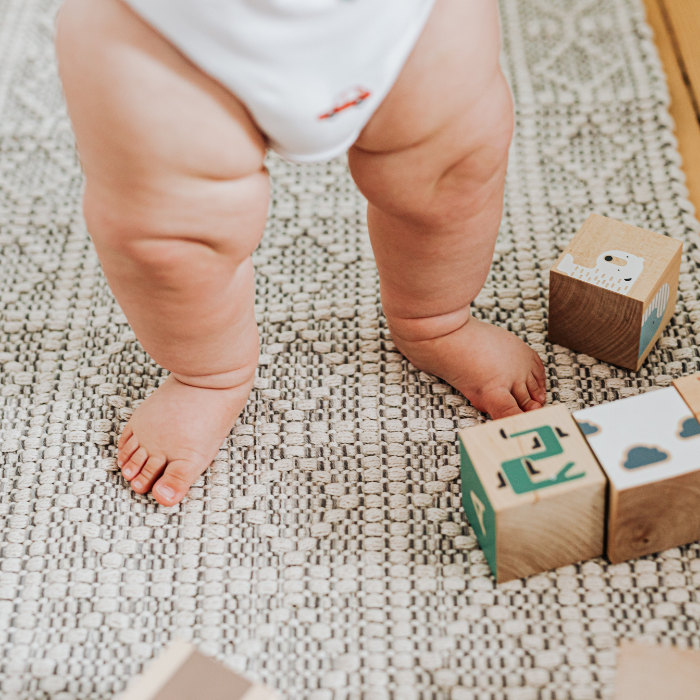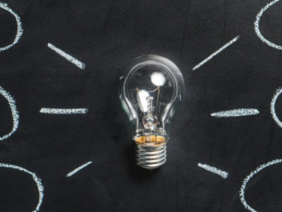
By: Anusha Khurram
Babies develop so quickly, it’s important to note their milestones as they hit them. Every month marks a brand new stage in their development, from being able to hold up their little heads to finally crawling across the living room floor. While this is an exciting time for parents and babies alike, noticing your infant isn’t developing as quickly as others can be worrisome. It’s perfectly normal for some babies to take a little time reaching their milestones or to tackle them with some difficulty. But to help move them along during this time, there are many tips parents can use to ensure their babies get the right mix of support to reach the following seven critical physical milestones.
Milestones to Remember
- Pushing Up: 4-5 months
Your baby will want to raise themselves up in a push-up position once they are able to steady their head.
How to Help:
Place your baby belly-down on the floor for short practice times throughout the day.
- Reaching and Grasping: 4-5 months
Your baby will attempt to control their hand movements after their initial grasp reflex disappears.
How to Help:
Give your baby objects to reach for. Make sure they vary in shape and size.
- Rolling Over: 4-6 months
Once your infant masters their push-ups, they will begin to move and reach for things which will cause them to roll over.
How to Help:
Give your baby lots of room to roll and flip over. Certain toys, such as a baby gym, can also help enhance this development.
- Sitting Up: 6-7 months
All the physical floor work your baby has done has led to the development of their back and abdominal muscles that help with stability. Eventually, they will want to be able to sit upright.
How to Help:
Sit your baby down amongst objects and toys they like so they have more reason to stay upright! Keep cushions around them in case they aren’t able to balance themselves.
- Crawling: 7-9 months
When first starting to crawl, your baby may just be stuck on their hands and knees, leaning back and forth. It will take time before they propel themselves to move forward.
How to Help:
Let your baby crawl on different surfaces, so they become accustomed to the different textures, therefore encouraging them to explore.
- Standing: 7-9 months
Sometimes standing is easier for babies than learning how to get back down. Your baby may hold onto furniture and shift their weight to be in control of their standing position.
How to Help:
Give your baby safe and sturdy furniture that they can pull up onto. Certain toys, such as wheelie toys, can help encourage your baby to move.
- Independent Walking: 9-18 months
Once your baby has control of their upper body and has learned some of the previous motor skills, they will be ready to take their first steps.
How to Help:
Give your baby safe areas to walk in at home, so they are able to navigate themselves on all kinds of floors. Typically, the best way to encourage walking is barefoot and indoors because it can help build stability in your baby’s walking.




